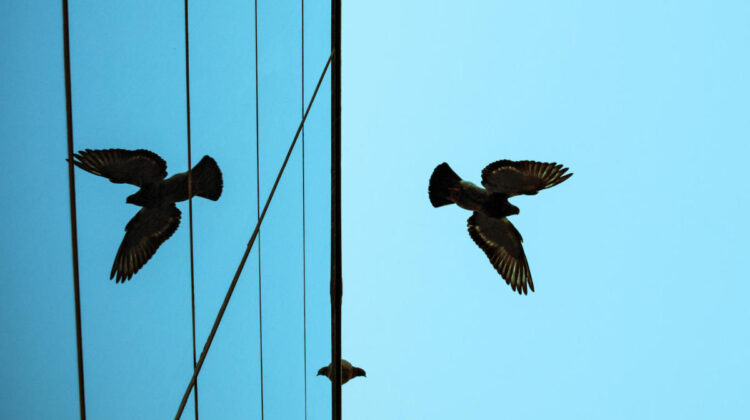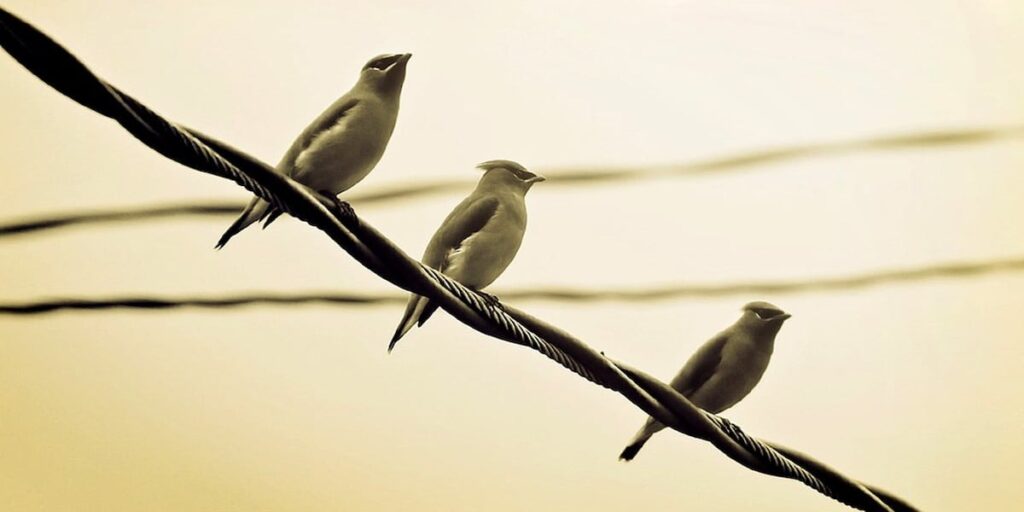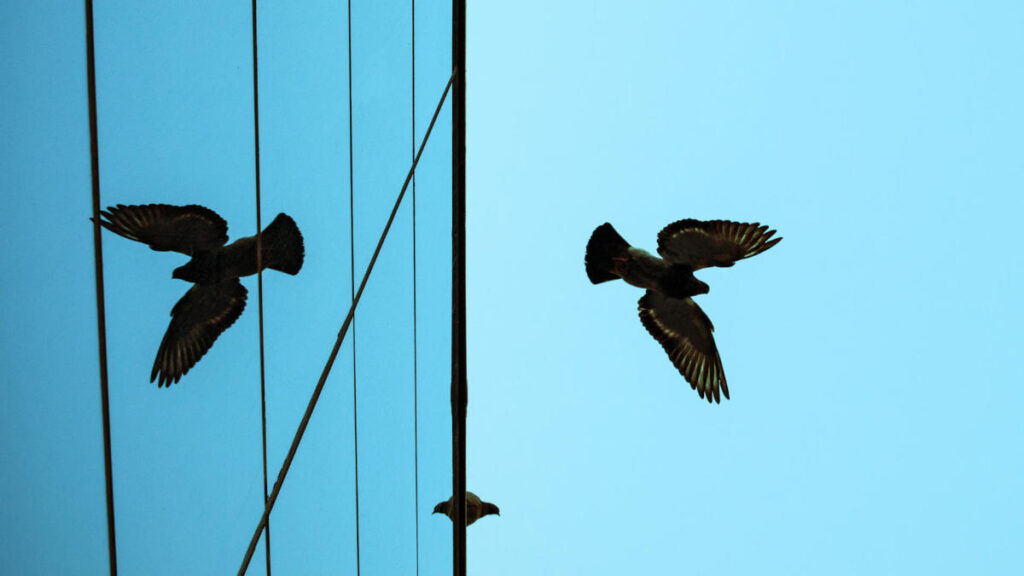
Buildings are among the leading threats to bird populations in the United States, with over a billion birds dying annually due to collisions with glass. A recent study published in the Public Library of Science Journal highlights this alarming issue, revealing that about 60% of birds brought to wildlife rehabilitators or emergency rooms for treatment either die from their injuries or are euthanized.
Over the past fifty years, North America’s bird population has seen a significant decline, with nearly 3 billion birds disappearing since 1970, according to research from Cornell Lab. This stark reduction underscores the urgent need to address hazards impacting bird ecosystems.

Injured birds commonly arrive at rehabilitation centers with head trauma and concussions. Recovery rates vary, but larger birds generally have a better chance of being released back into the wild. The study found that wildlife rehab centers receive the highest number of bird patients in the fall, while winter sees the fewest admissions. Despite the best care, the survival rate for injured birds remains at only 40%.
Glass is a major factor in these bird collisions. Unlike humans, birds cannot distinguish glass from open air and often perceive reflections of the sky or nearby vegetation as navigable spaces. Buildings with curved glass surfaces are particularly hazardous, leading to more frequent collisions.

Preventive measures can significantly reduce these accidents. “We cannot rely on only rehabilitation to fix this kind of problem,” said Ar Kornreich, the study’s lead author and researcher at Fordham University Graduate School of Arts and Sciences. “The best medicine is absolutely prevention because some of these injuries just have really bad prognoses.”
Simple at-home solutions include applying tape to windows, spaced 2 inches by 4 inches apart, to deter birds from attempting to fly through. ABC BirdTape, for instance, is a translucent tape that can be used on the exterior of glass in stripes or squares to help prevent collisions.

Other effective measures include installing bird screens or window decals to redirect birds away from windows.
“Birds are experiencing extremely steep population declines,” said Kaitlyn Parkins, glass collisions program coordinator at the American Bird Conservancy. “Birds are vital to humans for their economic benefits and ecosystem services. Window collisions are exacerbating this decline, making it crucial for everyone to take steps to prevent these accidents.”

Leave a Reply